Most of us grew up dreaming of going into space. Yet, unless you are one of the few astronauts in the world, it was never going to happen.
But take comfort - plenty of space technology has come to you in the form of the improvements in our vehicles that can be traced directly back to the world's largest space organisation - NASA. This relationship between NASA's groundbreaking technological advancements and the car you drive can be linked back to the beginning of the space race and looks set to continue into the future as their new technology continues to filter through.
Below, using a series of dynamic illustrations, we examine the key ways NASA influences technology use in our cars. This includes how they'll impact our driving in the future, the footprint they are leaving on today's cars and we also take a dive into the archives to look at some of the quirky ways NASA have shaped cars in the past.
The Future: How NASA will impact the future of driving
NASA's AI brain will help your car avoid crashes.
This AI brain has been specifically developed to navigate Mars’ rough terrain without any guidance. Which is especially important as it takes roughly 25 minutes to communicate between Mars and Earth, so having a human control it remotely is quite impractical.
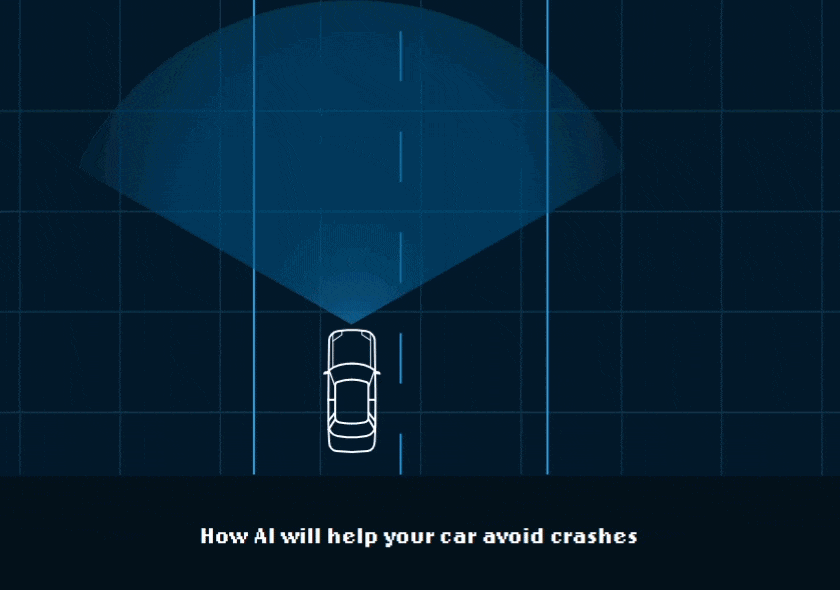
The software is able to identify, locate, and track objects and use this information both to navigate and to avoid collisions. As this AI brain would work on board the car, it has an advantage over systems that rely on cloud-based AI. Whereas cloud-based systems suffer a lag, an on board AI will make real time decisions. Essentially, your car would become it’s own learning machine. In a way, this would make it a little like driving K.I.T.T from Knight Rider. That's pretty cool.
Doppler Lidar will use lasers to end being stuck in traffic
It requires a great deal of precision to land anything on Mars. As you have to hit a tiny strip of land on a large red planet. Which is a bit trickier than parking in even the tightest of parking spots in your local supermarket.
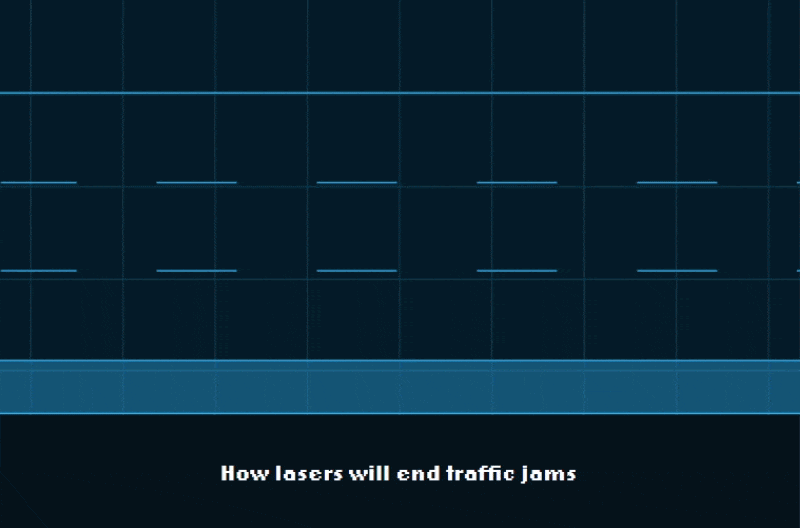
To solve this problem the geniuses at NASA are working on using Doppler Lidar to achieve ultimate precision. This involves sending three continuous laser beams down to the planet. A sensor then measures how long it takes the light to return once the lasers bounce back from the surface. Using the Doppler effect, the velocity curve can be presented in 3-dimensional space.
Yeah, we were struggling to understand that too. But basically, it means that your car will be able to calculate what shape an object is, how fast it is going and what direction it is going in. All in the blink of an eye.
This means self-driving cars will be able to whizz past each other at high speeds, without the chance of collision.
The Unbreakable Superelastic Tyre
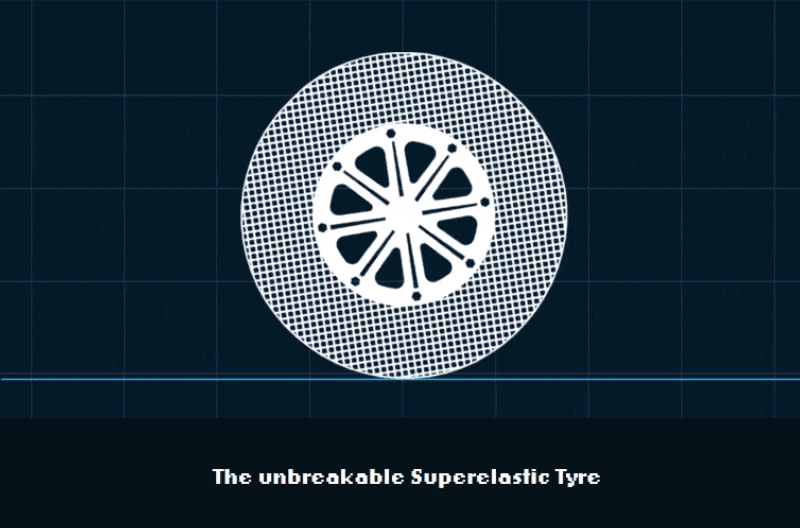
The NASA mission to Mars could lead to a drastic redesign of the tyres on cars. At least those cars that want to go over rougher terrain.
When you have sent a rover all the way to Mars, the last thing you want is for it to get a flat. After all, it’s not like you can just nip out and change the tire. That is why durability is key. With that in mind, the NASA program has developed tires that utilize shape memory alloys that are able to spring back to their original shape after they go over irregular objects.
While there's certainly plenty of exciting NASA tech set to trickle through to vehicles in the future, there's plenty of lunar tech already sitting in your car, some of which might surprise you. Here are some of the highlights on the NASA tech that's impacting some of the world's most popular cars.
On top of that, the tire is lighter, safer and will not puncture. Therefore we may see, hopefully prettier, versions of this tech on our cars in the future.
The Present: NASA research influencing car tech today
While there's certainly plenty of exciting NASA tech set to trickle through to vehicles in the future, there's plenty of lunar tech already sitting in your car, most of which you probably take for granted.
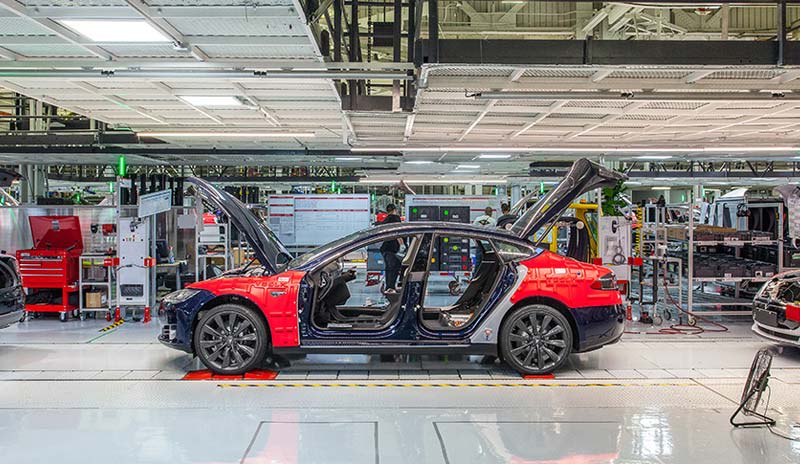
Here, we look at the key NASA tech that's impacting some of the world's most popular cars.
Nano-flakes repair engine damage
Any machine with moving parts will inevitably suffer wear and tear and engines have a lot of moving parts that are subjected to a great deal of pressure. You probably know that engines are maintained by lubricants (oil).
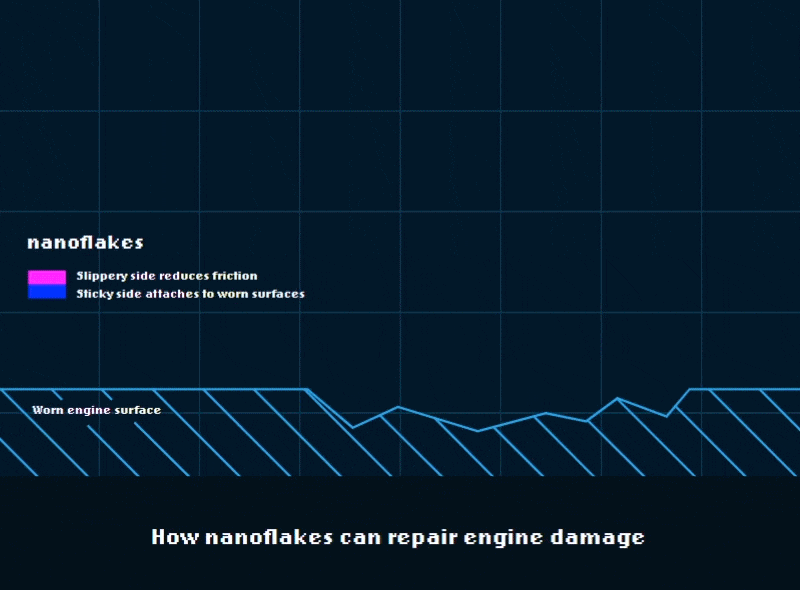
Space shuttles and stations also have a lot of moving parts, and they also require lubrication. The specific challenge they face, however, is the extreme heat they have to operate in. Due to this challenge NASA commissioned Pavlo “Pasha” Rudenko to look into this problem and develop a solution.
His solution was to use nano flakes that can form a diamond-like carbon that is able to not just cover wear but reverse it. While it has not yet been used in space, it is now available on the market, through a company called TriboTEX, which claims that the nano flakes also boost performance, efficiency and longevity of engines.
Nissan is using Mars Rover tech from NASA to control autonomous car fleets
A key player in the race towards autonomous driver, Nissan has worked with NASA to develop software capable of helping fleets navigate complex working environments. This software is called Seamless Autonomous Mobility ( or SAM for short).
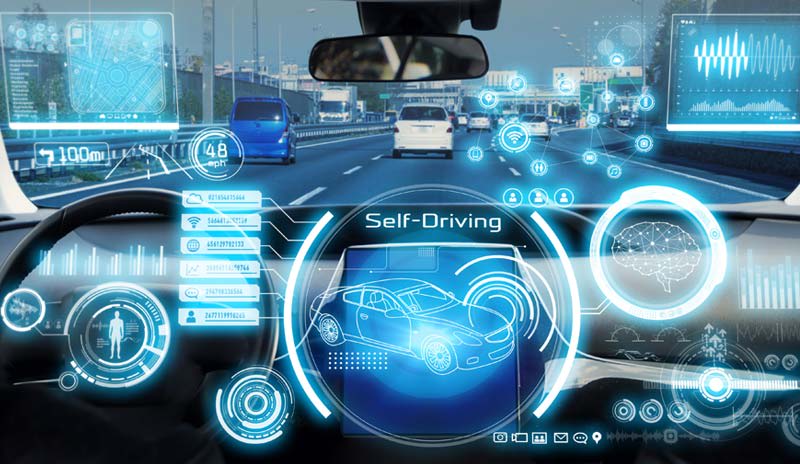
SAM was developed out of NASA's VERVE software, which is used to oversee interplanetary robots and help them work out safe paths through unusual environments. SAM is capable of sending all the data from driverless cars to the cloud, making it possible for them to drive safely on our roads. Unlike the onboard AI above, this software still requires human support and interaction in order to select optimum routes for the Nissan Fleet.
CO2 Sensors monitor vehicle emissions from above
The battle against CO2 Emissions is one the auto industry is keen to fight and one way they are doing it is with adapted tech from NASA. EDAR spun-off from tech used to gage gases in the Earth’s atmosphere and is capable of monitoring emissions from cars as they drive.
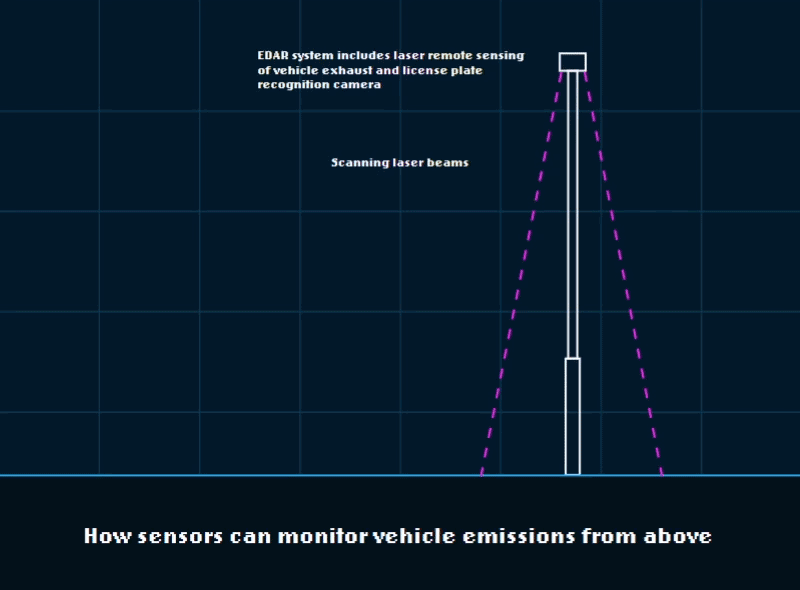
Placed above roads, EDAR is able to get a three-dimensional image of exhaust plumes. It is also capable of measuring the temperature of the tail pipe and is able to work across multilane highways and is 2000% more sensitive than traditional technologies.
It is effective in identifying heavy-duty trucks that have installed, EDAR has a detection rate over 70% higher than normal detection methods.
The Past: How NASA shaped the industry
NASA's impact on the automotive industry continues to gather pace, but it's influence is not a modern phenomenon. In fact, NASA have been funnelling some of their most exciting technology endeavours into the trade for many years. Here, we look at some of their biggest achievements and how that translates into the car you drive today.
Tyre pressure monitors
Losing tyre pressure in your car is a problem. Losing tyre pressure on a space shuttle is somewhat more worrying. Especially if you are trying to return to Earth.
When the Shuttle Program started there was no way of monitoring tyre pressure. To counter this issue, they contracted a firm to help devise a way to monitor tyre pressure. The company returned with a way to turn pressure levels into electrical signals that can be displayed on a computer. Once the company had provided the relevant tech to NASA, they then turned to implementing it into cars.
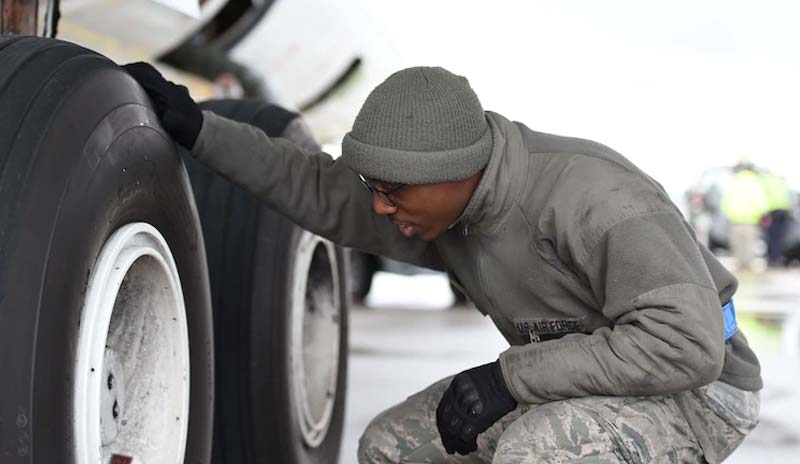
So, if your dashboard monitor lights up to tell you tyre pressure is low, you can be happy to know that that technology was created for space travel. Although you should also get that tyre pressure checked out too.
NASA is the reason your GPS is useful
While it originated in the USA Air Force, the Global Positioning System (GPS) owes a lot to the algorithms provided by NASA.
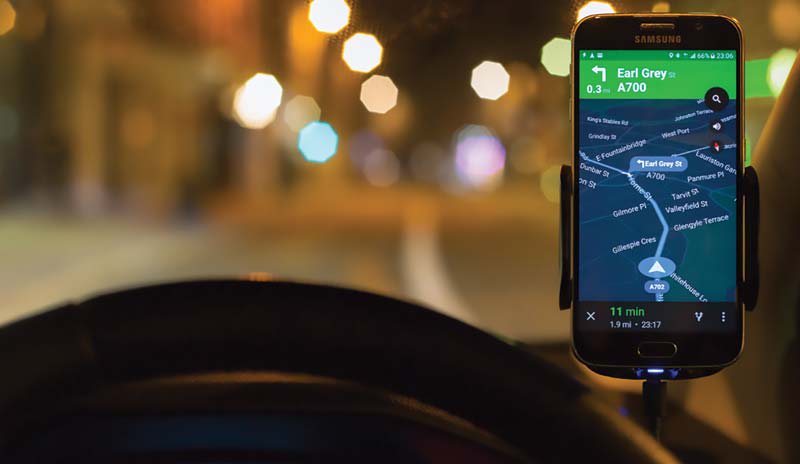
While we think of GPS as being able to pinpoint our location precisely, that isn’t actually the case with Raw GPS. Raw GPS can be as much as 30 feet off. But, thanks to software developed by NASA that is able to correct this, we now get pretty much perfect GPS to allow us to navigate our way and ditch all those maps.
More comfortable car seats
Nissan’s relationship with NASA tech didn’t start with SAM, it started with car seats. NASA studied the postures of the first astronauts on SkyLab when they were in microgravity.
When in space, our bodies assume a position that greatly reduces the stress placed on our joints and helps reduce fatigue. Nissan used this research to inform their car seat design. This resulted in the zero gravity seat first seen in the 2013 Altima before finding its way into other models.
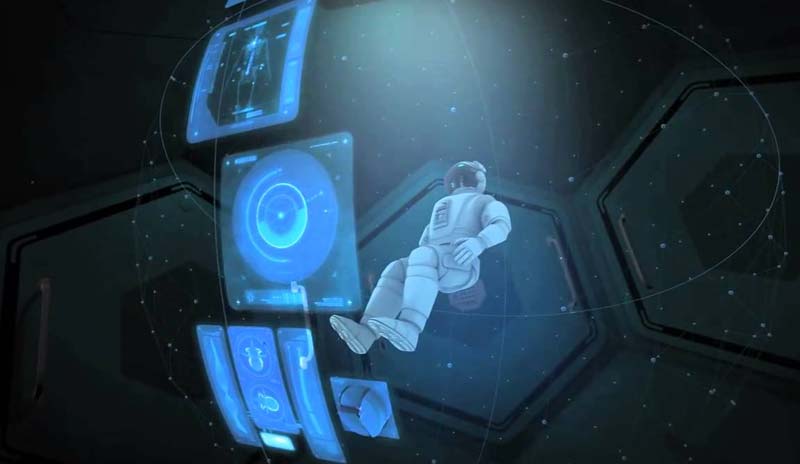
The Zero Gravity Seats’ are built with 14 pressure points that support the driver’s spine and the shape provides support from the driver’s hips to his shoulders. This not only makes for a comfortable ride, but a less tiring one.
These were just some of the ways the geniuses at NASA have, and will continue to, improve our lives here on earth. While we may never go into space ourselves, it’s fun to think that in some way our cars have a connection to the space race and it's exciting to know that we're all, in a way, part of it.















